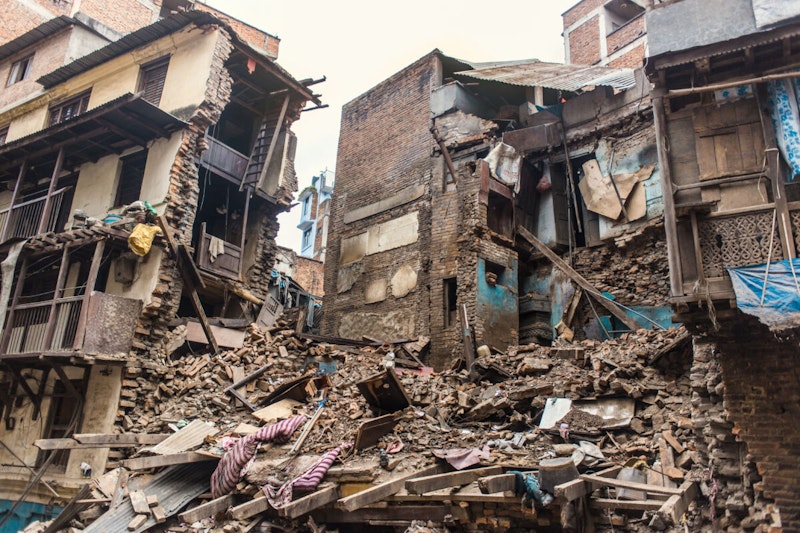Study Notes
GCSE Geography | Primary and Secondary Impacts of Tectonic Hazards (Tectonic Hazards 8)
- Level:
- GCSE
- Board:
- AQA, Edexcel, OCR, Eduqas
Last updated 17 Oct 2024
When tectonic hazards occur they result in numerous primary and secondary impacts - often students (and teachers) find it tricky to distinguish between the two, but it is important to be able to do so as they often come up in 9 mark exam questions.
Primary impacts
Primary impacts are the direct impacts of the natural hazard, so they are caused either by the earth shaking or a volcano erupting and they happen during or immediately after the event.
Primary impacts include loss of life and numbers injured. In earthquakes this is those who are killed and injured by collapsing buildings and falling rubble. They also include buildings being destroyed, such as homes, businesses, schools, hospitals, as well as transport infrastructure such as roads cracking, railway lines buckling or being blocked by debris, air ports and ports being damaged. We also have damage to utilities such as water pipes and gas pipes being ruptured in the earthquakes and electricity cables coming down as the ground swallows up electricity posts.
When volcanoes erupt lava spills out covering farmland and homes, or an ash cloud could will completely cover everything. In 2021 there were spectacular yet horrifying ongoing eruptions on La Palma, one of the Canary Islands, with homes completely destroyed. Ash clouds can ground flights as it becomes too dangerous to fly through – with poor visibility and the risk of ash getting into the engines - the most famous example of this was the eruption of Eyjafjallajökull in Iceland in 2010 - this caused enormous disruption to air travel as it grounded flights across Europe for several days. Volcanic eruptions will also result in water supplies becoming contaminated.

Secondary impacts
Secondary impacts are the indirect effects caused by the primary impacts, after the main event - in the coming hours, days and weeks.
Earthquakes often trigger tsunamis and landslides hours after the main event - these are secondary impacts.
Primary impacts trigger secondary impacts. For example, damage to road infrastructure would be a primary impact, and as a result there would be a secondary impact of communities being cut off. Damage to water pipes (a primary impact) could lead to outbreaks of cholera (a secondary impact) – which was a major loss of life in the devastating Haiti earthquake in 2010. Damage to electricity cables (primary impact) could lead to fires and power cuts (secondary impact).
Volcanic eruptions can cause glaciers to melt, leading to flooding. The meltwater from this could mix with ash to form lahars or mud flows – which would cause homes to be covered. However there could also be an increase in tourism as people flock to see the eruption, especially in an effusive non-violent eruption like the ones seen in Iceland in Spring 2021 – here people paid lots of money for helicopter trips over the crater.
You might also like
Indonesian earthquake's death toll expected to rise significantly
30th September 2018